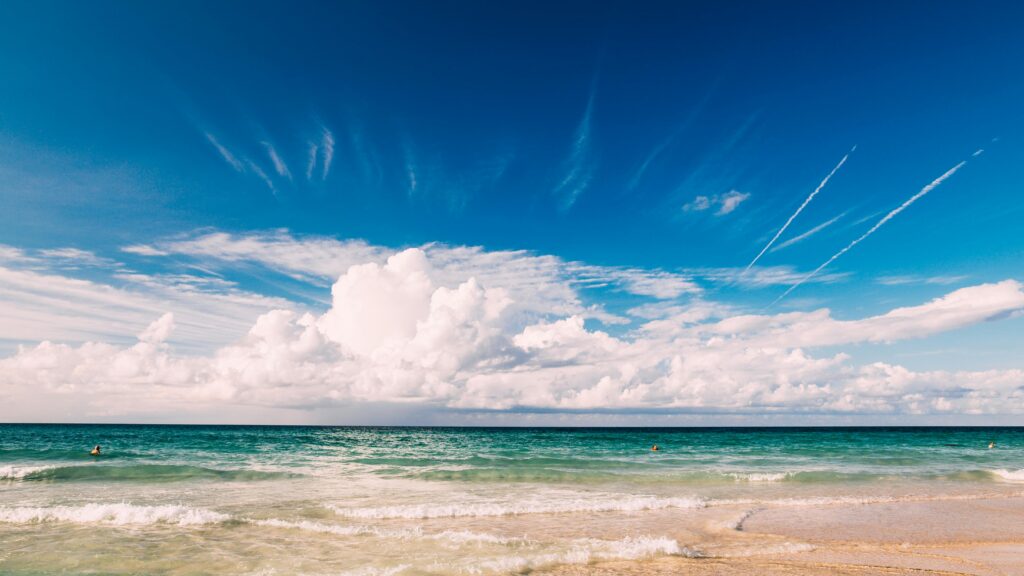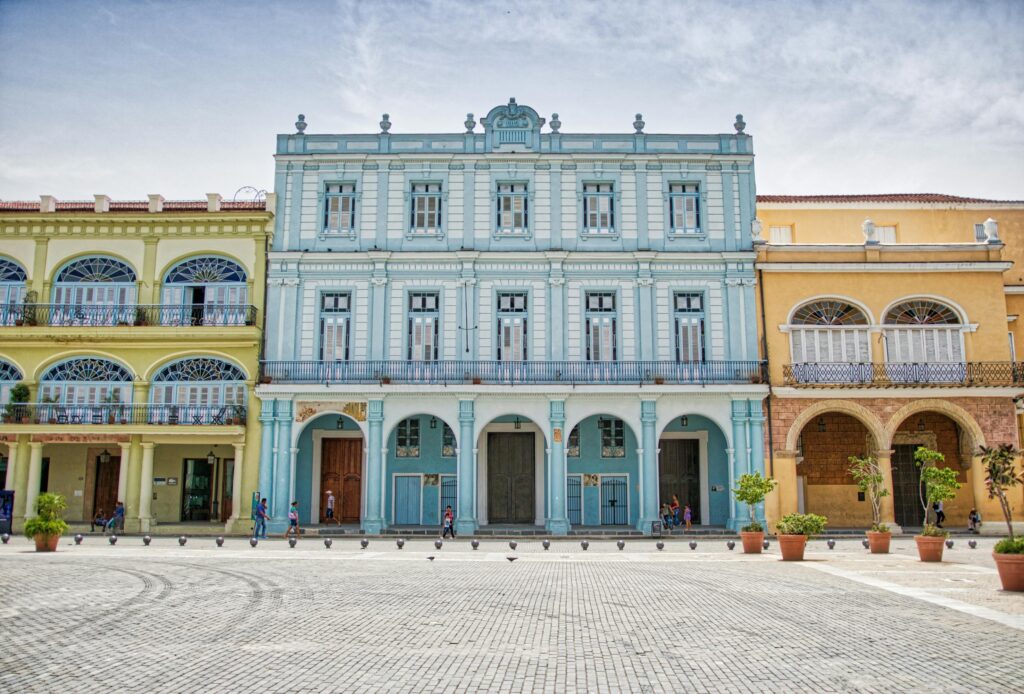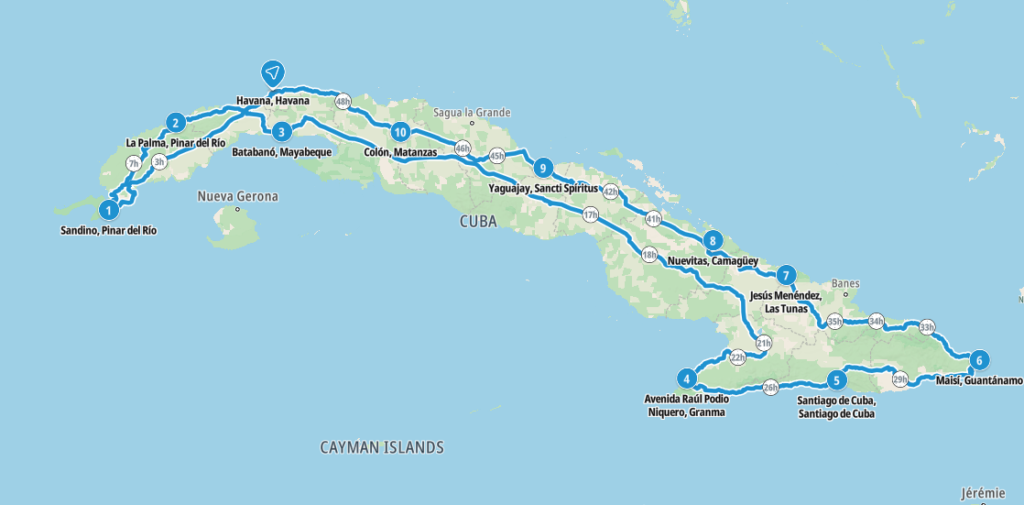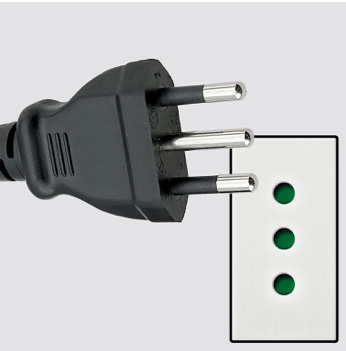Cuba / Republic of Cuba / República de Cuba – Let’s explore here

What’s it like in Cuba?
Cuba is the largest island in the Caribbean Sea in North America, at 745 miles (1,200 km) long and maximum 125 miles (200 km) in width. The country also consists of almost 4,200 much smaller islands, islets and cays.
The terrain on the main island is mostly flat plains, although in the south east lie the lovely Sierra Maestra mountains. The highest point is Pico Turquino, at 6,476 ft (1,974m) above sea level.
Cuba’s population is around 10 million (2023), around one in five of whom live in its capital, Havana.

A bit about the history of Cuba
Pre-Columbian Era
Before the arrival of Europeans, Cuba was inhabited by indigenous peoples, primarily the Taíno, who were part of the Arawak linguistic group. They had a well established agricultural society, growing crops such as cassava, maize and tobacco. They also fished, hunted and crafted tools from stone, wood and shells.
Spanish Colonisation
Christopher Columbus arrived in Cuba in 1492, claiming the island for Spain. The Spanish quickly colonised Cuba, exploiting the indigenous population through forced labour. The Taíno population declined rapidly due to disease, harsh labor and violence brought by the colonisers. Spain established sugarcane plantations on the island, using enslaved Africans as labour, which led to the growth of a plantation economy.
Wars for Independence
In the 19th century, the desire for independence from Spanish rule grew. Multiple uprisings occurred, including the Ten Years’ War (1868–1878), though Spain maintained control. The final push for independence came with the Cuban War of Independence (1895–1898), led by figures such as José Martí. The war was part of a broader movement for independence across Latin America. The conflict led to the Spanish–American War in 1898, after which Spain ceded control of Cuba to the United States under the Treaty of Paris. Although Cuba was nominally independent after this, the United States retained significant political and economic influence, particularly through the Platt Amendment, which allowed the US to intervene in Cuban affairs.
Early 20th Century and US Influence
Cuba gained formal independence from the US in 1902, but American influence remained strong through economic ties and military intervention. The island became a popular destination for American tourists and business interests, especially in sugar, tobacco and casinos. During this time, Cuban politics were unstable, marked by corruption, political manipulation and frequent changes in leadership.
Revolution and Communist Takeover
In the 1950s, dissatisfaction with the government, led by dictator Fulgencio Batista, spurred a revolution. The movement, led by Fidel Castro and other figures, aimed to overthrow the Batista regime, which was seen as corrupt and closely aligned with American interests. In 1959, after a successful guerrilla campaign, Fidel Castro’s forces seized power, marking the beginning of a communist government.
Cuban Revolution and Cold War Era
Under Castro’s leadership, Cuba became a one-party communist state. The revolution led to radical social and economic reforms, including land redistribution, nationalisation of industry, and the establishment of a centrally planned economy. Cuba aligned with the Soviet Union, which provided economic and military support during the Cold War.
Cuba’s relationship with the United States became increasingly hostile, culminating in the Cuban Missile Crisis of 1962, when the Soviet Union placed nuclear missiles on the island, bringing the world to the brink of nuclear war. In response, the US imposed an economic embargo on Cuba, which lasted for decades and significantly impacted the Cuban economy.
Post-Soviet Era and Economic Challenges
Following the collapse of the Soviet Union in 1991, Cuba lost its primary source of economic aid and support. This led to a severe economic crisis, known as the ‘Special Period’, marked by widespread shortages and hardship. In response, Cuba gradually opened up to limited market reforms and tourism. In the 2000s, Cuba sought to diversify its economy by forming closer ties with other countries, including Venezuela and China, and opening its doors to international tourism, although the US embargo remained in place for much of the period.
Recent Developments
Fidel Castro stepped down as president in 2008 due to health issues and was succeeded by his brother, Raúl Castro. Under Raúl, the government initiated some economic reforms, allowing more private enterprise and easing restrictions on travel and property ownership. However, the Cuban Communist Party retained tight control over the political landscape. In 2011, Cuba began slowly shifting its policies, permitting more private businesses, relaxing restrictions on foreign investment, and allowing citizens to travel abroad more freely. Despite these reforms, Cuba’s political system remained firmly under one-party control.
Post-Castro Era
Raúl Castro officially stepped down as president in 2018, marking the end of the Castro family’s rule after nearly 60 years. His successor, Miguel Díaz-Canel, continued the policies of the Castro regime but faced growing economic challenges, including the ongoing US embargo, domestic dissatisfaction, and pressures for political change. In recent years, Cuba has faced economic difficulties, exacerbated by the COVID-19 pandemic and ongoing US sanctions. Protests erupted in 2021, calling for political and economic reforms, signaling growing public discontent with the government.


Cuba road trip
Cuba is our 29th planned stop on our road trip through the islands of the Caribbean. Having explored the Jamaica, our next stop is Bermuda.
Travelling overland between the islands is quite prohibitive due to the lack of transportation options. Travelling between different island countries via ferry is possible, however, ferries only operate between some islands. Chartering private boats between islands is also possible, although travelling with a car in this way is prohibitive. Flying is another option, although again, flights only operate between some islands.
Map of our road trip through Cuba

This is a map of our planned route around Cuba, starting and ending at the capital city, Havana.
Weather in Cuba
When is the best time to visit Cuba?
The best time to visit Cuba is from January to April. During these months, the island has 7 – 9 hours of sunshine per day and rainfall of 0.7 – 2.1 inches (17 – 53mm) per month. The temperature ranges from 18 – 31°C (64 – 88°F).
When is the worst time to visit Cuba?
The worst time to visit Cuba is from May to November. During these months, the island still has 7 – 9 hours of sunshine per day, however, humidity rises and it rains an average of 1.7 – 4.2 inches (43 – 106mm) per month. The temperature ranges from 20 – 33°C (68 – 92°F).
Hurricane Season in the Caribbean
Hurricane season in the Caribbean runs from June 1 to November 30. Storms tend to be more frequent and more severe in the latter half of the season.
Hurricanes are least likely during December, January and February.
Travel in and around Cuba
Ferries to other Caribbean island countries from Cuba
There are no ferries from Cuba to other countries.
You cannot travel from Cuba to the USA without a US visa. You are also not allowed to travel directly from the USA to Cuba for tourism.
What’s it like to drive in Cuba?
They drive on the right hand side of the road in Cuba. Car hire is available in Cuba and roads are, in the main, quite poor. There are minor roads inland and to bays and coves however that are not maintained and in very poor condition.
We’ve also created a dedicated page to driving abroad, which you might find helpful 🙂
What currency do they use in Cuba?
In Cuba they use the Cuban peso. US dollars are also widely accepted. Cash is widely used. The use of credit / debit cards is sometimes accepted in major cities, although not in rural areas. Travellers cheques are not accepted in the main. There are ATMs in cities, although not all accept foreign issued cards.
You should make yourself aware of the amount that your bank charges you for using credit and debit cards abroad. Often credit cards are cheaper for purchasing items directly, and for withdrawing cash from ATMs.
What language do they speak in Cuba?
They mainly speak Spanish and Creole in Cuba. English is also spoken in tourist areas.
What time zone is Cuba in?
Remember, when you’re planning your next trip to take a look at what time zone it’s in.
Do I need a visa to visit Cuba?
We’ve created a dedicated, more comprehensive page on visas, which you should find helpful. Check it out!
Is wild camping legal in Cuba?
No, wild camping is not widely accepted in Cuba.
What plug / socket type do they use in Cuba?
In Cuba they use plug / socket types A, B, C and L.




Health issues in Cuba
Is it safe to drink water in the Cuba?
No, it is not safe to drink tap water in Cuba. Bottled water is readily available across the country.
What vaccinations are required for Cuba?
This NHS website is kept up to date with all relevant information on vaccinations in Cuba.
Phones in Cuba
What is the country calling code for Cuba?
The country calling code for Cuba is +53
What are the emergency phone numbers in Cuba?
- The emergency number for police in Cuba is: 106
- In Cuba, the emergency number for ambulance is: 104
- The emergency number for fire in Cuba is: 105
If you’ve got useful info that you’d like to share, let us know!
And don’t forget to check out all the other pictures!
